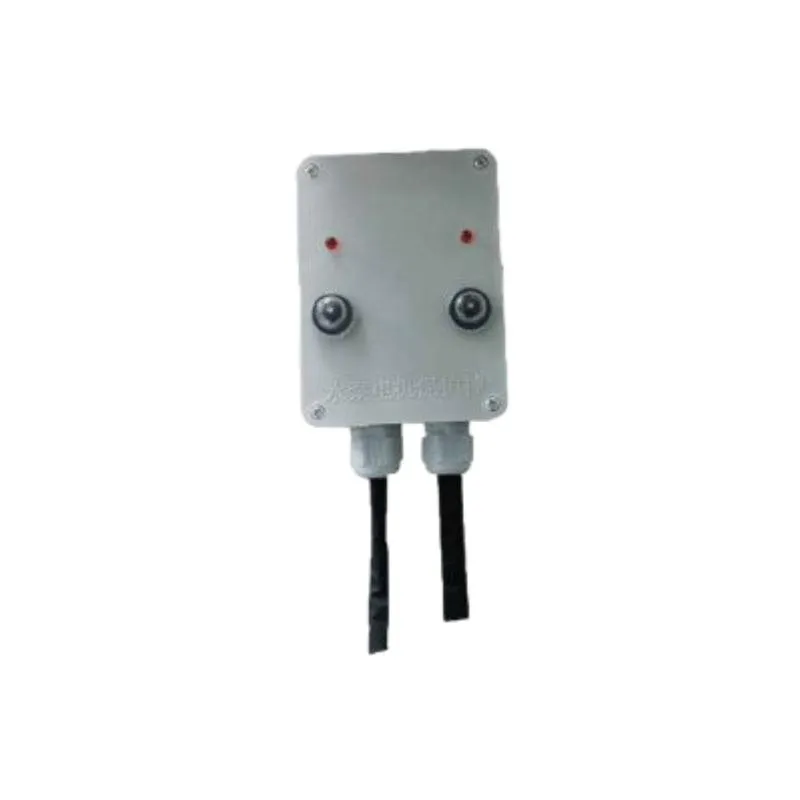Understanding Fireproof Strips Importance and Applications
Fire safety is a critical concern in both residential and commercial buildings. One often overlooked but vital component of fire safety is the fireproof strip. Fireproof strips, or intumescent strips, play a significant role in preventing the spread of fire and smoke, ensuring that building occupants have the best chance of safe evacuation in case of an emergency.
What are Fireproof Strips?
Fireproof strips are materials designed to seal gaps around doors and windows, preventing smoke and fire from penetrating through these openings. Typically made from intumescent materials, which expand when exposed to heat, these strips can significantly slow down the progression of fire. The expansion creates a tight seal, blocking any path for flames or smoke to escape or enter.
How Do Fireproof Strips Work?
The effectiveness of fireproof strips lies in their intumescent properties. Under normal conditions, these strips appear similar to standard weather stripping. However, when exposed to high temperatures, they expand and harden, significantly increasing their volume. This reaction creates a barrier that restricts air flow and heat transfer, allowing more time for occupants to escape and for firefighters to control the fire.
Importance of Fireproof Strips
The installation of fireproof strips is essential in protecting lives and property. In many cases, the majority of fire-related deaths are due to smoke inhalation rather than the flames themselves. Fireproof strips significantly reduce smoke transfer, minimizing the risk and potential harm to individuals trying to exit a building.
In addition to their life-saving benefits, these strips can protect property by containing the fire to the area of origin. This containment limits the damage to other parts of the structure and may even allow for the possibility of restoration. With fires being unpredictable and often spreading rapidly, any method that can slow their movement is invaluable.
Applications of Fireproof Strips
fireproof strip

Fireproof strips are commonly used in a variety of settings
1. Commercial Buildings Offices, schools, hospitals, and hotels frequently utilize fireproof strips around door frames and window casings to comply with safety regulations and standards.
2. Residential Properties Homeowners often install fireproof strips on interior doors, especially those leading to basements, garages, or utility rooms, where fire risks may be higher.
3. Industrial Settings Factories and warehouses use fireproof strips in areas where hazardous materials are stored or handled, further enhancing safety measures.
4. Transportation Fireproof strips are included in the design of certain vehicles, such as buses and trains, to improve safety for passengers in case of a fire emergency.
Installation and Maintenance
Installing fireproof strips is a relatively straightforward process. They can often be fitted onto existing doors and frames with adhesive backing or screws, making them accessible for both professional contractors and DIY enthusiasts.
Regular inspections and maintenance of fireproof strips are equally important. Over time, wear and tear may compromise their effectiveness. Homeowners and building managers should check these strips periodically to ensure they remain intact and functional, especially in high-traffic areas.
Conclusion
In conclusion, fireproof strips are a vital aspect of modern fire safety strategies. Their ability to prevent smoke and fire from spreading can save lives and reduce property damage. Both residential and commercial properties benefit from their installation, making them an essential consideration for anyone concerned about fire safety. By understanding the importance and application of fireproof strips, stakeholders can take informed steps to enhance safety measures in their environments, ensuring peace of mind for all occupants.
-
XIANGFAN Rubber Tape-Ultimate Solutions for All Your Insulation NeedsNewsJun.24,2025
-
XIANGFAN Rubber Tape-Protection for Industrial and Residential ApplicationsNewsJun.24,2025
-
XIANGFAN Rubber Tape: Superior Safety and Sealing for Demanding EnvironmentsNewsJun.24,2025
-
XIANGFAN Rubber Tape: Reliable Solutions for Every Electrical ChallengeNewsJun.24,2025
-
XIANGFAN Electrical & Industrial Tape: Powering Reliability Across IndustriesNewsJun.24,2025
-
XIANGFAN Electrical & Industrial Tape: Excellence in Every ApplicationNewsJun.24,2025
